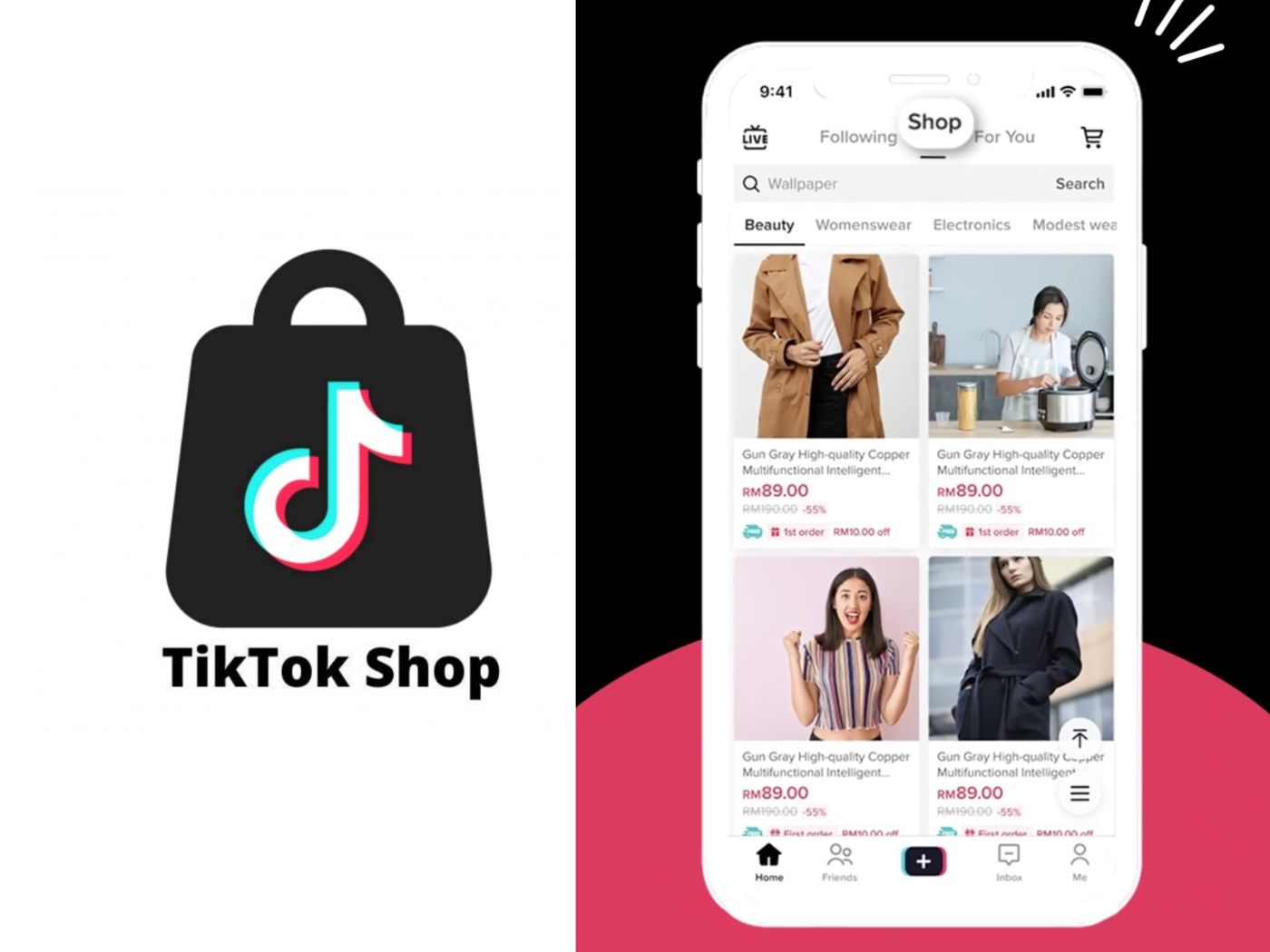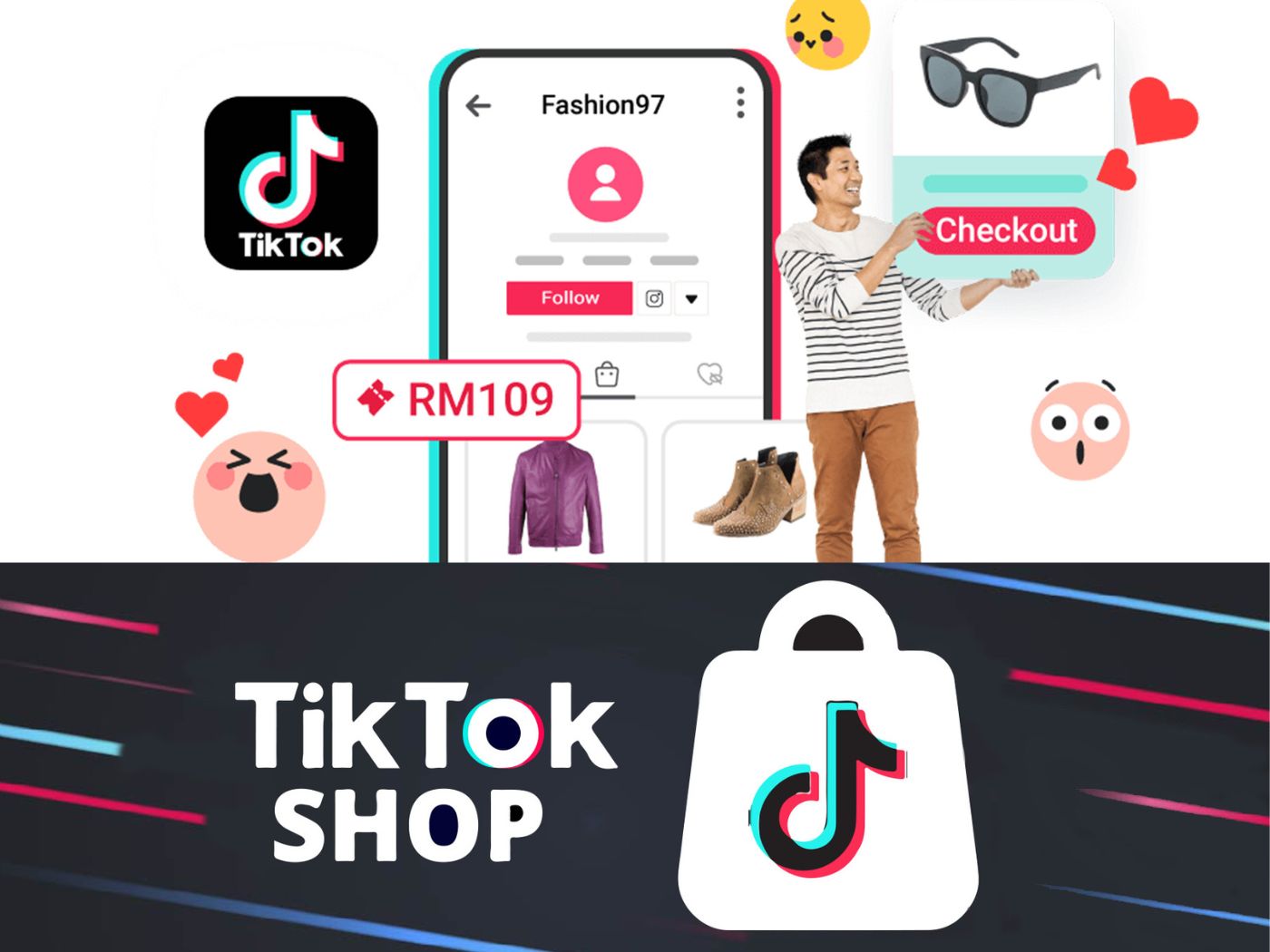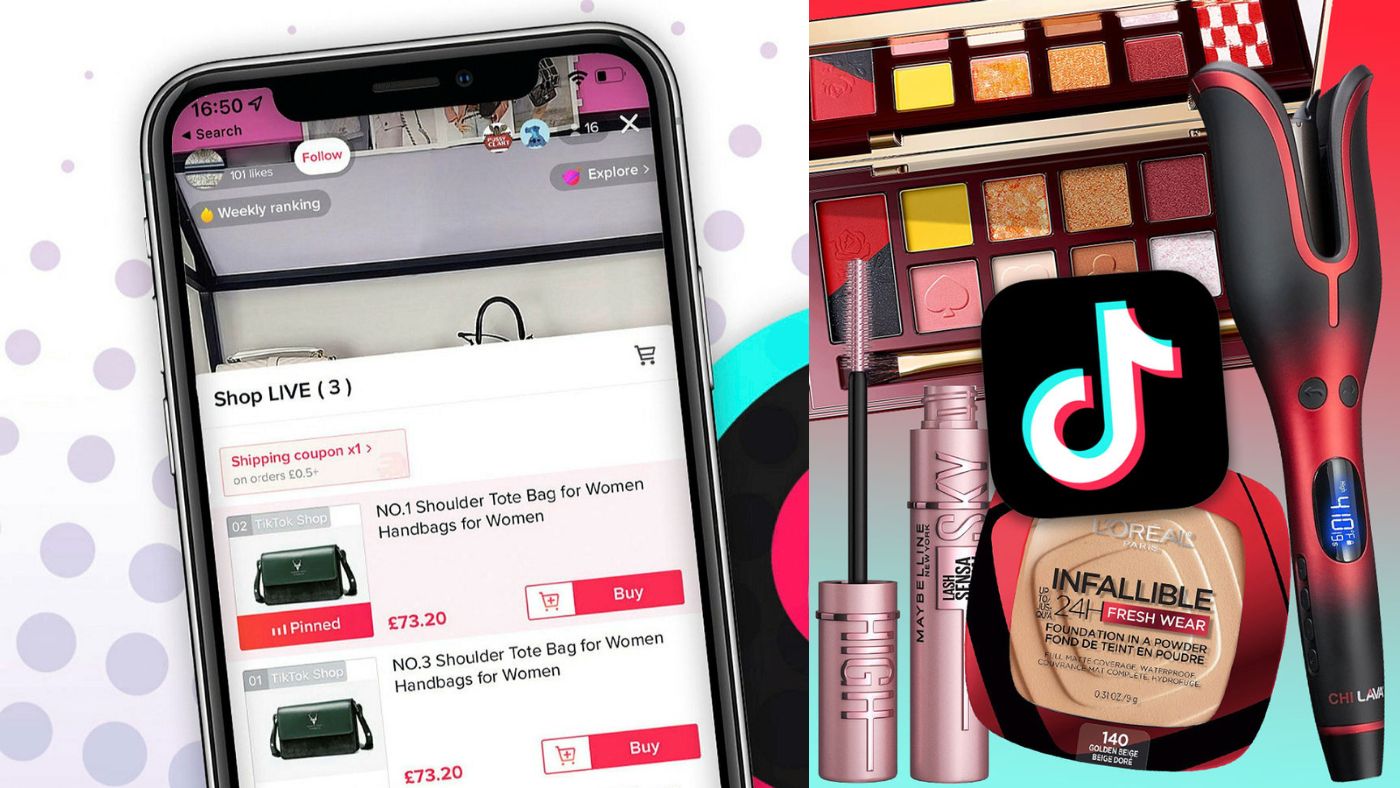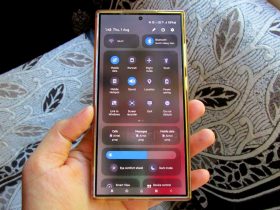Just nine months after launching, TikTok’s in-app shopping tool is challenging online beauty retailers.
TikTok Shop has quickly become the ninth-largest beauty and wellness e-commerce retailer in the U.S. and the second-largest in the U.K., as reported by Dash Hudson and NielsenIQ.
It has outpaced many competitors, transforming the space for beauty brands that have mastered the app’s short-form video algorithm.
“[TikTok Shop] has surpassed most major department stores, most DTC (direct-to-consumer) players and the smaller beauty specialty retailers,” Anna Mayo, vice president of NielsenIQ’s beauty vertical told
Last year, U.S. prestige beauty product sales surged 14% to $31.7 billion, according to market research firm Circana. The mass market beauty industry also experienced a 6% growth.

Larissa Jensen, a global beauty industry advisor at Circana, emphasized that despite the category’s robust performance, brands should remain vigilant.
“Consumers continue to cope with economic pressures, and being in tune with their shifting mindset is a must,” Jensen said in a statement.
“Flexibility, creative thinking and effectively harnessing high consumer engagement are all part of the winning formula to drive continued growth.”
Finding success on TikTok Shop
During its first seven months, TikTok Shop users made an average of 2.5 purchases, according to Dash Hudson and NielsenIQ, indicating repeat engagement with the platform.
Health and beauty lead all other categories in brand follower growth and sales, though apparel and accessories are also performing well.

However, TikTok Shop isn’t ideal for every brand. The platform controls discounting, which can be advantageous for digital-first or challenger brands but less appealing for traditional brands.
Companies like GuruNanda, Lattafa, MySmile, Tarte Cosmetics, and VeyesBeauty have thrived on TikTok Shop despite these discounts. They achieve this by leveraging trending topics and collaborating with creators who understand their audiences.
For Tarte, video views corresponded with sales from October 2023 to February 2024, indicating that increased engagement boosts performance on the platform. NielsenIQ did not share specific brand-level sales numbers with ADWEEK.
“It all comes back to the quality of content that’s pushing people to purchase those products,” Mayo said.
“It really is a mix of brands that you would know from other places, as well as some new-to-the-world brands that are making this their platform of choice and finding success in doing that.”







Leave a Reply